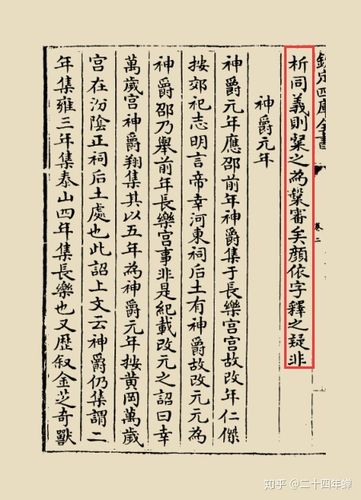Translation of Imperial Edicts and Decrees
Translation of Imperial Edicts and Decrees
Translating ancient Chinese imperial edicts and decrees, also known as "诏书" (zhào shū) or "敕" (chì), requires a deep understanding of classical Chinese language, historical context, and the specific terminology used in such documents. These documents were official proclamations issued by emperors to convey their commands, decrees, or announcements to the officials and the general public.

Translating imperial edicts and decrees poses several challenges:
Classical Chinese Language: The language used in these documents is often archaic and differs significantly from modern Chinese. Translators need to be well-versed in classical Chinese grammar, syntax, and vocabulary.
Historical Context: Understanding the historical background and the specific circumstances under which the edict was issued is crucial for accurate translation. Knowledge of Chinese history and culture is essential.
Legal and Administrative Terminology: Imperial edicts often contain legal and administrative terms that may not have direct equivalents in modern Chinese or English. Translators need to interpret these terms accurately.
Cultural Nuances: Translating imperial edicts requires sensitivity to cultural nuances and the hierarchical nature of the language used in such documents.
The translation of imperial edicts and decrees typically involves the following steps:
Transcription: The original text of the edict is transcribed into modern Chinese characters to facilitate understanding.
Interpretation: The text is then carefully analyzed to grasp the meaning of each phrase and sentence in its historical context.
Translation: The translator renders the text into the target language, preserving the tone, style, and formality of the original document as much as possible.
Review: The translated text is reviewed by experts in classical Chinese and historical studies to ensure accuracy and fidelity to the original.
Translators working on imperial edicts and decrees should adhere to the following guidelines:
- Research: Conduct thorough research on the historical period, the emperor in question, and the specific context of the edict.
- Consultation: Seek advice from experts in classical Chinese language and history to clarify any ambiguities in the text.
- Accuracy: Strive for accuracy in translating the content while maintaining the formal and authoritative tone of the original document.
- Contextualization: Provide footnotes or explanations to help readers understand the historical and cultural context of the edict.
Translating imperial edicts and decrees is a challenging yet rewarding task that requires a deep understanding of classical Chinese language, history, and culture. By following the guidelines and approaches outlined above, translators can ensure that these important historical documents are accurately preserved and made accessible to a wider audience.
